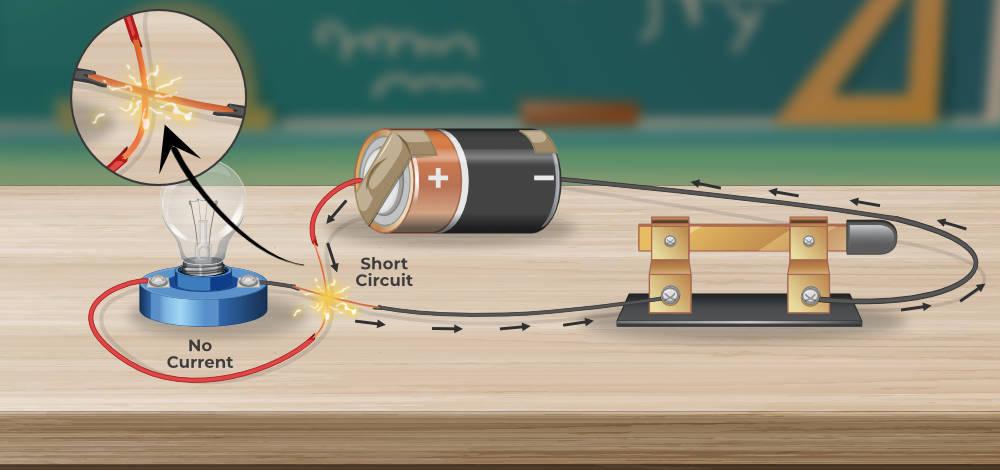Electrical diagrams, or diagramas elétricos, are indispensable tools in various technical fields such as electronics, engineering, and automotive repair. These diagrams offer a visual representation of electrical circuits, making it easier to understand and troubleshoot electrical systems. In this article, we will delve into the significance of electrical diagrams and how they can be effectively utilized.
Understanding Electrical Diagrams
Electrical diagrams provide a detailed overview of an electrical system, illustrating the connections between different components and how electrical current flows through the circuit. These diagrams are crucial for both designing new systems and repairing existing ones.
- Clarity: They offer a clear and concise depiction of electrical circuits, showing the connections and flow of current, which helps in understanding complex systems.
- Troubleshooting: When electrical issues occur, a well-drawn diagram allows technicians to quickly identify and isolate the problem, saving time and reducing downtime.
- Safety: Understanding the layout and connections within an electrical system can prevent accidents and ensure repairs are conducted safely.
- Standardization: They promote consistency in design and repair processes, ensuring everyone involved has the same understanding of the system.
Types of Electrical Diagrams
There are several types of diagramas elétricos commonly used, each serving a specific purpose:
- Schematic Diagrams: These show the components of a circuit and how they are connected, but they do not represent the physical layout.
- Wiring Diagrams: These provide a more detailed view, showing the physical connections and layout of an electrical system.
- Block Diagrams: These give a high-level overview of the system, showing the major components and their relationships without detailed connections.
Using Electrical Diagrams Effectively
To make the most of diagramas elétricos, it’s important to understand how to read and interpret them accurately. Here are some tips:
- Familiarize Yourself with Symbols: Electrical diagrams use standardized symbols to represent different components. Knowing these symbols is essential for reading the diagrams correctly.
- Follow the Flow: Trace the flow of current from the power source through the various components to understand how the system operates.
- Look for Anomalies: Use the diagram to identify any irregularities or deviations from the expected connections, which can help pinpoint problems.
For comprehensive and reliable electrical diagrams, you can visit catalogoeservico. This platform provides detailed electrical diagrams for various applications, ensuring you have the necessary information for accurate troubleshooting and repair.
Conclusion
Electrical diagrams, or diagramas elétricos, are vital tools for anyone involved in the design, maintenance, or repair of electrical systems. They offer clarity, improve troubleshooting efficiency, enhance safety, and ensure standardization. By using resources like catalogoeservico, you can access high-quality diagrams that will aid in understanding and working with electrical systems effectively.They offer clarity by visually representing the intricate connections and components within a system. This clarity not only improves troubleshooting efficiency but also enhances safety by providing a clear roadmap for technicians to follow. Additionally, standardized electrical diagrams ensure consistency across projects, reducing errors and promoting best practices in electrical engineering. By utilizing resources like catalogoeservico, professionals can access high-quality diagrams that aid in understanding the complexities of electrical systems, thereby enabling more effective design decisions and reliable maintenance practices.
Read More From Techbullion And Businesnewswire.com



































